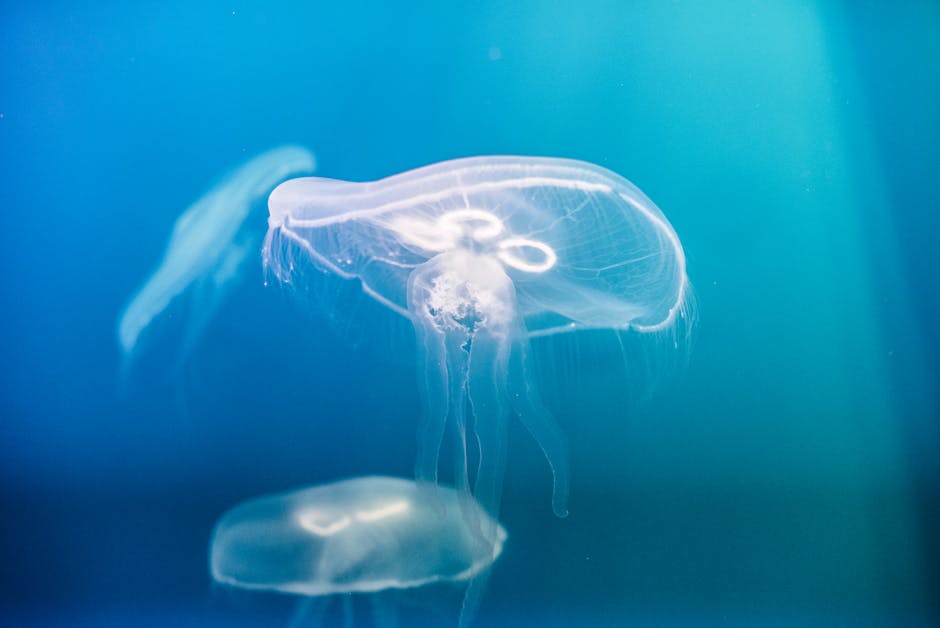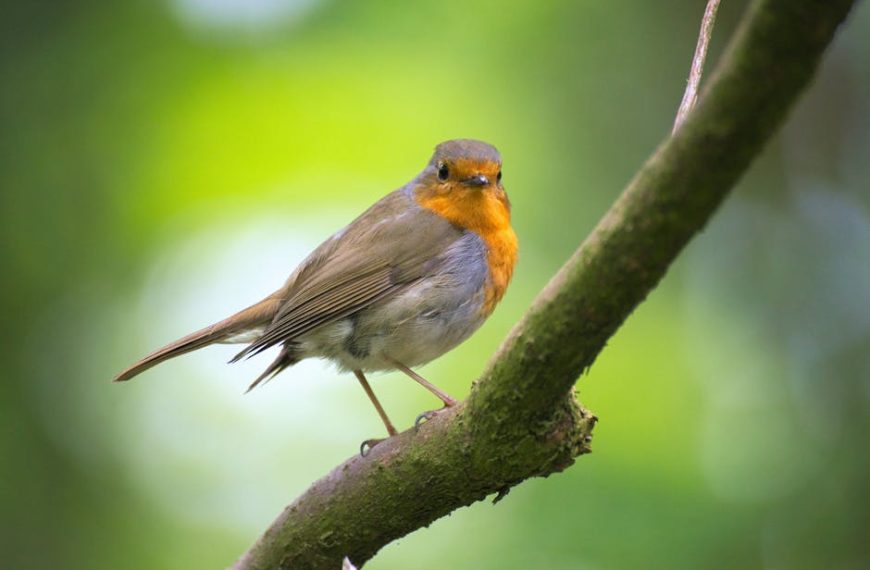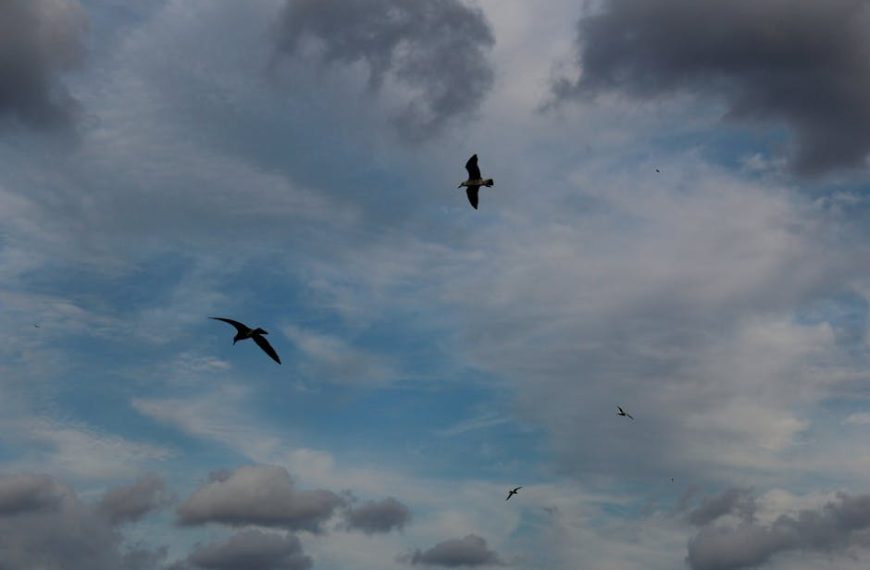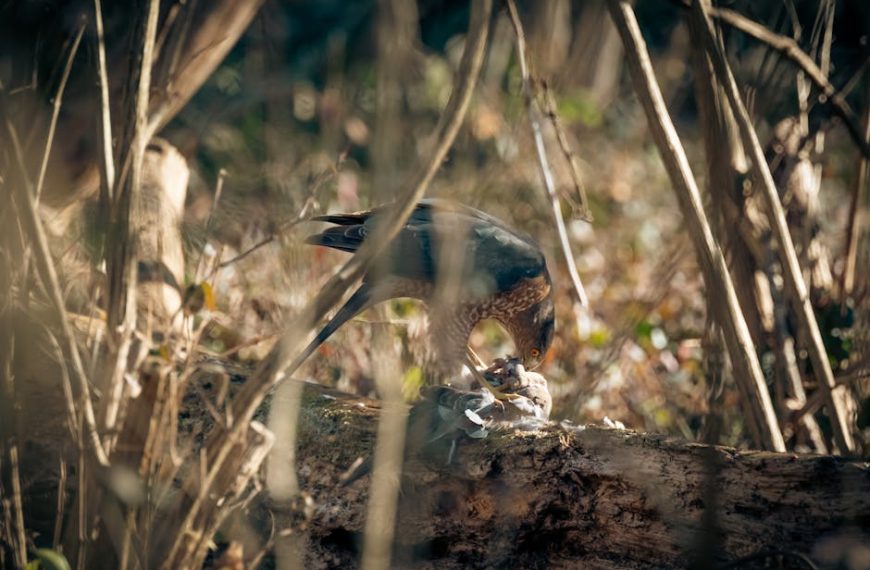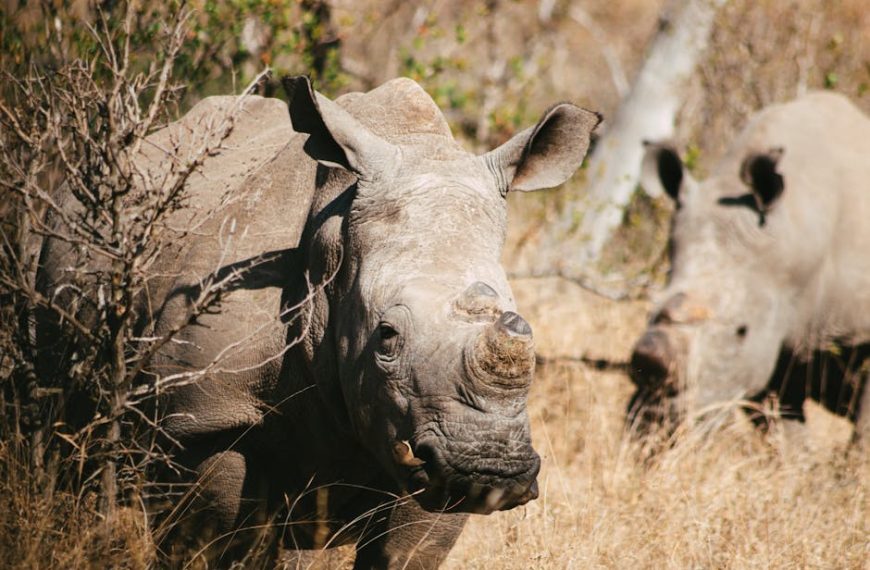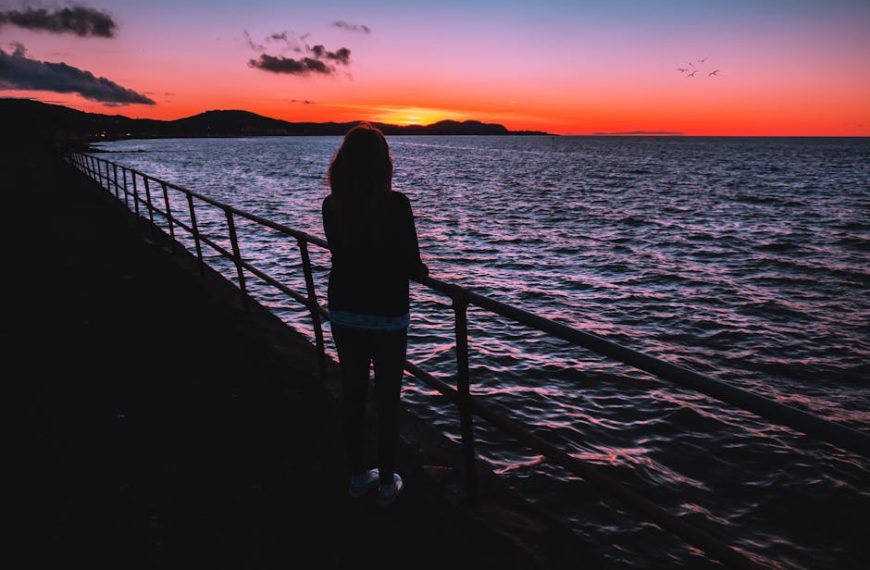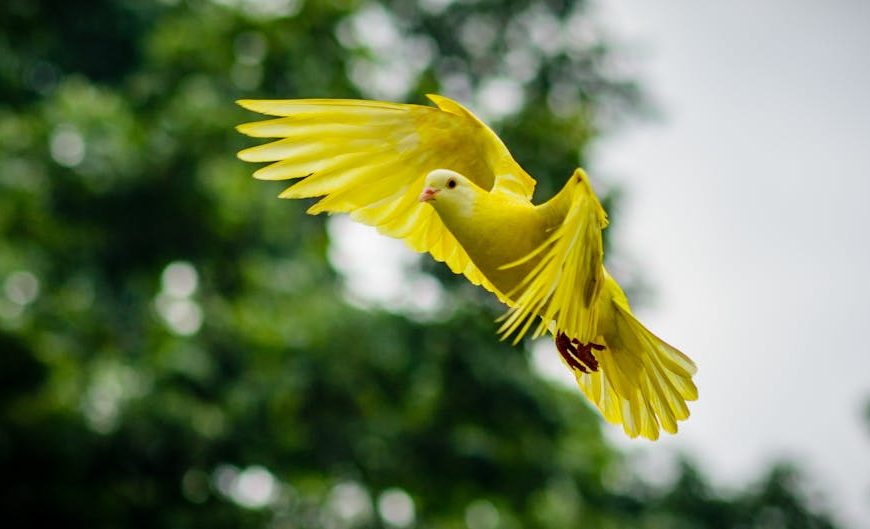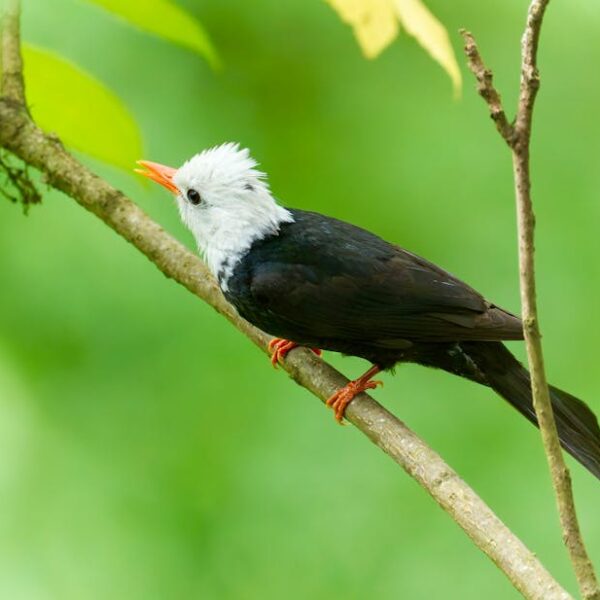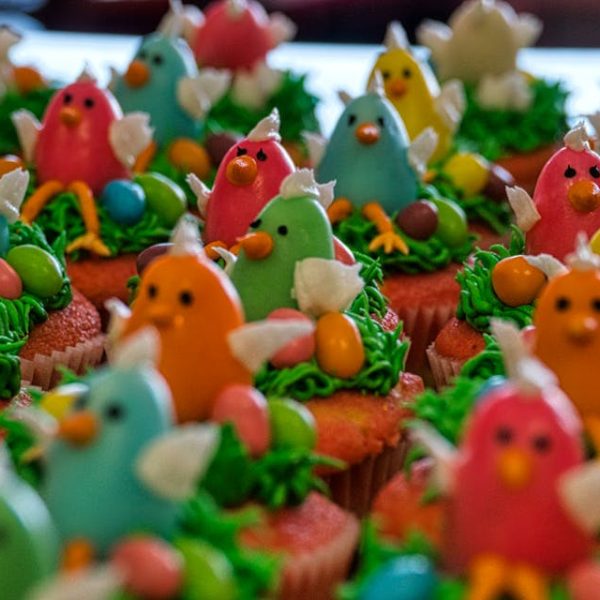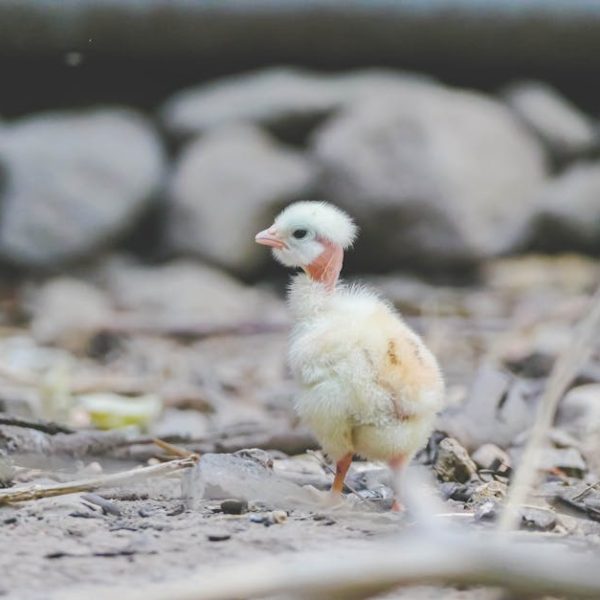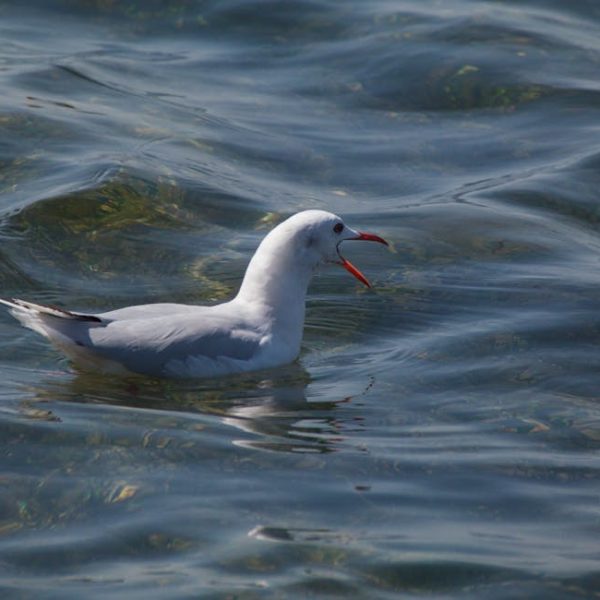The world of birds is diverse and colorful, with over 10,000 avian species inhabiting our planet. However, a peculiar and less-known fact is the existence of poisonous birds. It’s crucial to clarify that when we talk about poisonous birds, we refer to those that pose harm when eaten or touched, different from venomous birds that actively deliver toxins through bites or stings. This curious defense mechanism is exceptional in birds, making poisonous species a rare spectacle in the bird kingdom.
Pro Tip: ️ While fascinating, remember that the vast majority of birds pose no harm to humans and should not be feared, especially as most poisonous species are found in limited geographic locations.
List of Known Poisonous Birds
There are only a handful of known poisonous bird species worldwide, each with its unique traits. The hooded pitohui from New Guinea is famously recognized as one of the first poisonous birds to be identified. Other birds such as the bluish-fronted jacamar have been reported to carry batrachotoxins (one of the world’s most potent natural toxins). The little shrike-thrush, which shares its habitat with the pitohui, has also been found with trace amounts of batrachotoxins.
Best Practice: When encountering unfamiliar birds in the wild, always exercise caution. Avoid touching the bird if you can, especially if you’re in an area known for poisonous birds.
How Do Birds Become Poisonous?
The exact method through which birds become poisonous largely remains a mystery, but a popular theory revolves around diet. For example, poisonous birds may acquire their toxins through consuming specific insects or plants containing high levels of toxins, in a process known as bioaccumulation.
- Dietary adaptation: Birds consuming specific insects or plants that contain toxins
- Defensive mechanism: Toxins used as a form of protection against predators
Checklist: ✔️ To identify a potentially poisonous bird, look for vibrant or unusual coloring, a known sign of warning in nature. Also, consider the geographic location, as most known poisonous birds inhabit New Guinea.
Impacts of Poisonous Birds on Humans and Other Animals
Poisonous birds certainly pose risks, mostly through indirect contact. For example, consuming a poisonous bird could lead to neurotoxicity, paralysis, and in rare cases, even death. However, human cases are rare, given our limited direct interaction with these unique species. On the other hand, these avian toxins can pose a threat to potential predators, thus acting as a crucial survival strategy in the wild.
- Pros: Protective mechanism for birds, contributing to their survival in the wild
- Cons: Can pose potential threat to predators, even humans (rarely)
Advice: Avoid unnecessary handling of birds with bright or unusual colorations. Always respect their space and remember that birdwatching should be an observational activity.
Poisonous Birds: Role in the Ecosystem and Conservation Status
Despite their poison, these unique birds play an integral role within their ecosystems. Their toxicity aids in survival and reproduction, maintaining species diversity. However, like many creatures, poisonous birds face threats from habitat loss, mostly triggered by human activities such as deforestation and urban development. While conservation statuses greatly differ among the species, efforts are continuously made to safeguard their habitats and create a sustainable environment for them to thrive.
- Ecosystem role: They help in maintaining ecological balance and species diversity due to their unique defensive mechanism
- Conservation status: Varies among species, with many at risk due to habitat loss
Vs: Conservation efforts vs human activities:
| Conservation Efforts | Human Activities |
|---|---|
| Protection of habitats | Urban development |
| Educating communities | Agricultural expansion |
| Research and conservation breeding | Poaching for pet trade |
While human activities often pose challenges to species conservation, they can also offer solutions. Making conscious decisions to protect natural habitats, supporting local conservation efforts, and adopting sustainable practices can contribute to the preservation of these unique birds.
Pro Tip: If you’re an avid birdwatcher, remember that observing birds should be done at a distance, causing minimal disturbance to their natural behavior and habitat. Respect for nature leads to the flourishing of biodiversity. Happy birdwatching!
Key Takeaway:
- Poisonous birds are rare and their poison typically comes from dietary consumption that leads to bioaccumulation of toxins.
- Few birds are known to be poisonous, they include the Pitohui, the Bluish-fronted Jacamar, and the Little Shrike-thrush.
- The poisoning by these unique birds mostly happens through ingestion, with effects ranging from neurotoxicity to, in rare cases, death.
- Despite their poisonous nature, these birds are important for maintaining ecosystem balance and diversity.
- Conservation efforts often conflict with human activities, but responsible practices can assist in preserving these species.
Observations of the fascinating and diverse avian world should be guided by respect for their habitats and existence. Even though the existence of poisonous birds may sound alarming, remember that human encounters are unlikely due to their rarity and specific global locations. Always enjoy birdwatching responsibly, respecting each bird’s space and natural habits.
FAQs
Q: How can I spot a poisonous bird?
A: Vibrant or unusual coloring can be indicative of a potentially poisonous bird. However, these signs are not definitive. When in doubt, avoid handling or disturbing the bird and consult with professionals.
Q: Can I keep a poisonous bird as a pet?
A: It’s not advisable due to their potential harm to humans, as well as ethical considerations regarding their conservation status and natural habitat. It’s best to appreciate these birds in their natural environments.
Q: How common are human accidents with harmful or poisonous birds?
A: Incidents are quite rare due to the limited number of poisonous bird species and the geographical areas they inhabit. However, if you are unsure about a bird’s safety, it’s best not to handle it.
Q: Are there any venomous birds?
A: Yes, the Hooded Pitohui is one of the known venomous bird species. Unlike poisonous birds which typically cause harm when eaten or touched, venomous birds deliver toxins actively, usually through a bite.
Q: How are conservation efforts addressing the threat to poisonous birds?
A: Conservation efforts include preserving and protecting bird habitats, educating communities about these species, and sometimes undertaking conservation breeding programs. Despite challenges posed by human activities, these efforts aim to create a sustainable environment for these unique birds.
Feel free to share this article with others who may be interested in learning about the avian kingdom’s unique facets. Discover more posts on our website, deep-diving into bird species, conservation, and how you can contribute to preserving our planet’s biodiversity.
